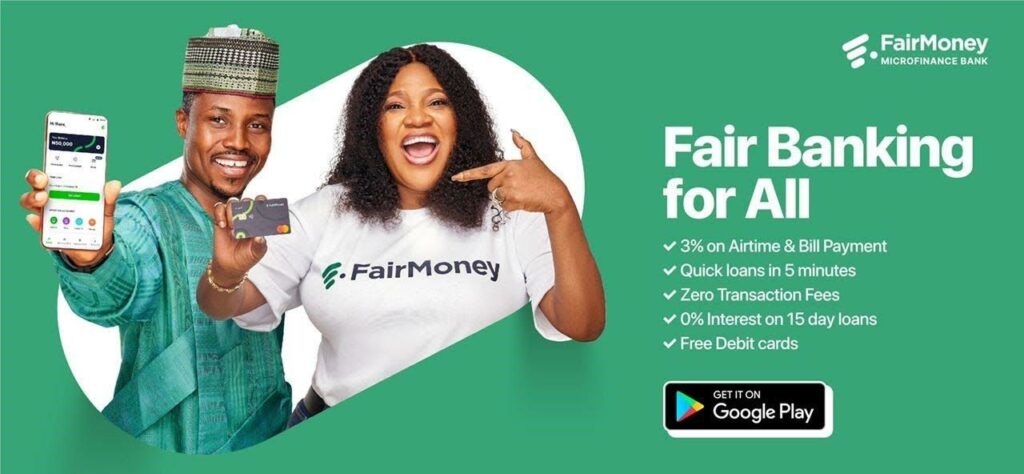Lending practice is as old as humanity, and collateral being the main pillar of security for lenders has been its most characteristic attribute. It is an insurance policy, a guarantee that lenders will not suffer in their futures under any circumstances when borrowers cannot fulfill their financial commitments. It is an objective confirmation, and, in most cases, a grant that lets the lenders recoup their losses by seizing the pledged asset.

That is where the new-fashioned concept of no-collateral fast loan emerges as a potential game changer in the financial segment. These financial products provide an alternative to leveraging your treasured possessions, thus making it easier to raise funds without the burden. In this article, we will take an in-depth look at what these loans entail.
Uncovering Collateral-free Loans
Collateral-free loans, also known as unsecured loans, differ from the traditional borrowing model by removing the requirement for borrowers to pledge security. Lenders or banking institutions evaluate borrowers’ ability to repay loans based on various characteristics, including employment history, credit history, and debt-to-income ratios, rather than relying just on the strength of guarantors. Through this set of measures, lenders obtain an estimate of borrowers’ creditworthiness, based on which they can offer them greater freedom and unparalleled cash availability.
Exploring Qualification Strategies –
To unlock the doors to collateral-free loans from a bank or a lending institution, borrowers can employ several strategies:
- Improve Creditworthiness: To start, review your credit record and address any errors or unpaid amounts. Make timely payments on a regular basis, save money to reduce your credit use, and maintain a clean credit history as ways to try to raise your credit score.
- Stabilize Income Sources: Lenders prioritize stable income sources for a payday loan. Provide papers like pay slips, tax payment statements, or proof of employment to demonstrate your credibility regarding repayment.
- Debt-to-Income Ratio Management: Make sure your debt-to-income ratio is still well-managed as you pay off existing debts and do not take up new debts. The lender will also look at the ratio to know if you have enough income to honor the loan obligations.
- Explore Alternative Lenders: The only parties other than traditional banks that one can resort to for a no-collateral loan are the microfinance banks or online lenders. Research the numerous online lenders, peer-to-peer lending platforms, and fintech firms with expertise in unsecured loans. There are financial institutions that have less strict requirements and make decisions faster.
- Consider Co-signers or Guarantors: If you have a poor credit history or low income, the best way to get through is to ask for the assistance of a co-signer with a good credit profile. So-signers willing to assume liability in case you default on your loan give lenders greater confidence in you.
Navigating the Application Process –
When you have shortlisted the lenders and have upped your qualifications, you can go through the application process. Be prepared to provide a complete document package that includes identification, proof of income, and employment confirmation as well. Furthermore, be honest about your scenario and give reasons for each of the errors on your credit report.
Conclusion:
No-collateral loans give borrowers the opportunity to source funds without handing over valuable assets or other forms of collateral, hence increasing flexibility and accessibility. Whether you want to consolidate your debt, or finance your business or an unexpected expense, no-collateral loans are the perfect solution for individuals who are looking to effectively dodge the burden of exhausting savings.